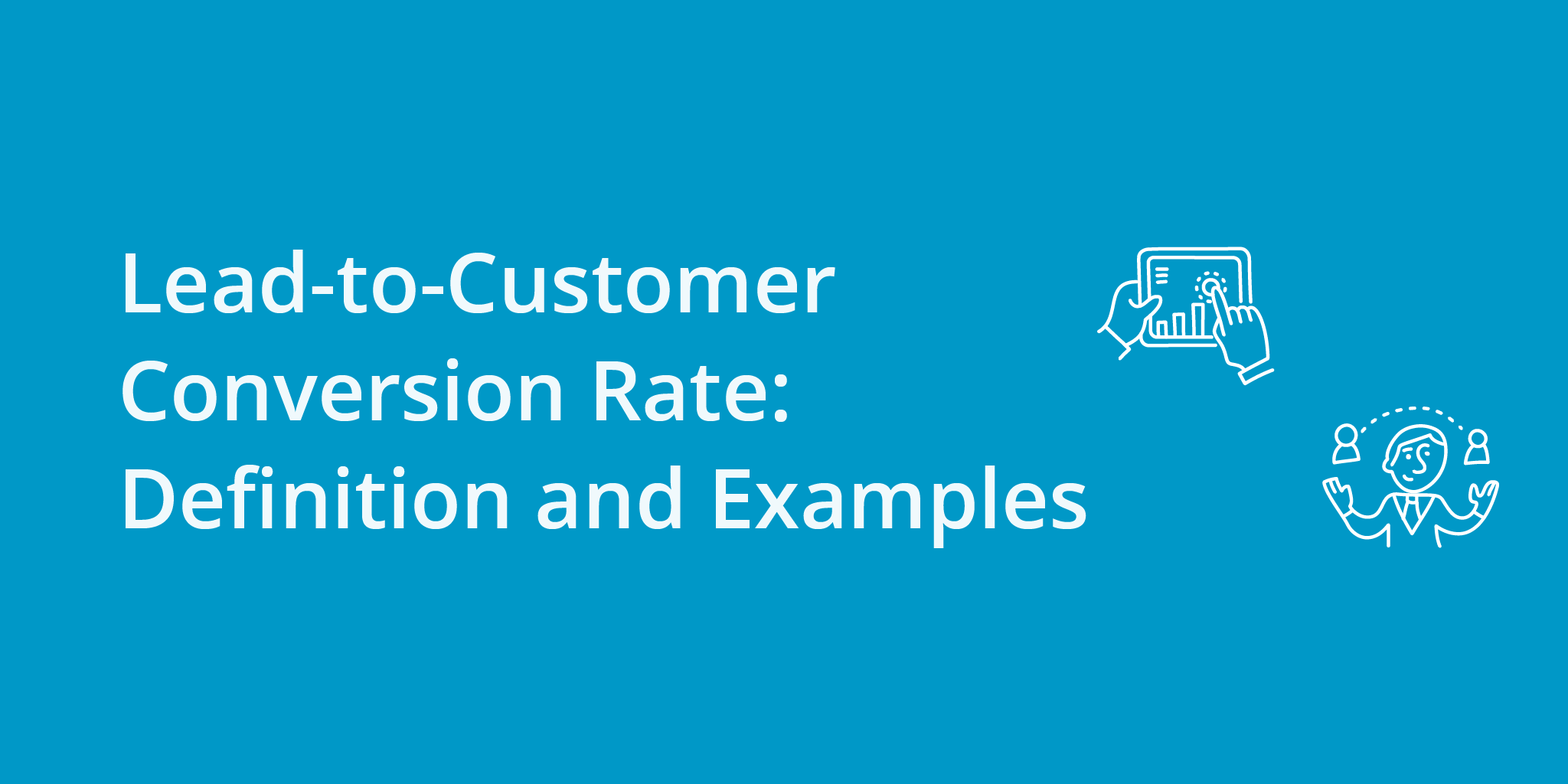- Lead-to-Customer Conversion Rate Definition
- How to Calculate Your Lead-to-Customer Conversion Rate
- Is Your Lead-to-Customer Conversion Rate Above Average?
- More Resources
Lead-to-Customer Conversion Rate Definition
Lead-to-customer conversion rate, also known as the opportunity-to-deal conversion rate, is a key metric used in sales and marketing to measure the effectiveness of a company’s lead generation and sales process. It represents the percentage of leads or potential customers that ultimately convert into paying customers.
A high lead-to-customer conversion rate indicates that a company’s sales and marketing efforts are effective in turning leads into customers. It suggests that the company is successfully nurturing and qualifying leads, and its sales team is skilled at closing deals. On the other hand, a low conversion rate may indicate areas for improvement in the lead generation or sales process, such as ineffective lead nurturing, inadequate follow-up, or a poor fit between the product or service and the target audience.

How to Calculate Your Lead-to-Customer Conversion Rate
The lead-to-customer conversion rate is calculated by dividing the number of converted customers by the total number of leads and then multiplying the result by 100 to get a percentage. The formula is as follows:
Lead-to-Customer Conversion Rate = (Number of Converted Customers / Total Number of Leads) * 100
For example, if a company generated 100 leads and converted 20 of those leads into customers, the conversion rate would be (20/100) * 100 = 20%.
It’s important to note that the lead-to-customer conversion rate can vary significantly depending on the industry, market conditions, and the quality of leads. Nevertheless, it’s a valuable metric for businesses to track and analyze over time to identify trends, optimize their sales and marketing strategies, and improve overall business performance.
Is Your Lead-to-Customer Conversion Rate Above Average?
The definition of a “good” lead-to-customer conversion rate can vary depending on the industry, business model, target market, and the specific goals and circumstances of a company. What may be considered a high conversion rate for one industry or company might be below average for another.
That being said, as a general guideline, a lead-to-customer conversion rate of around 6% is considered average for B2B companies. This means that out of every 100 leads generated, 6 of them convert into paying customers, or deals. If your company is converting leads into deals at a higher rate, that’s great news! However, it’s essential to understand that benchmarks can vary significantly across industries. For example, industries with long sales cycles or high-priced products/services might have lower conversion rates.
Ultimately, what constitutes a good conversion rate for a particular business depends on several factors, including the industry average, competitive landscape, company goals, target market, and historical data. It’s crucial for businesses to establish their own baseline conversion rate and continuously work towards improving it through various sales and marketing strategies, optimization techniques, and lead nurturing processes.
Moreover, it’s worth noting that the lead-to-customer conversion rate should not be considered in isolation. Other metrics, such as customer acquisition cost (CAC), customer lifetime value (CLV), and return on investment (ROI) for marketing and sales tactics, should also be taken into account to gain a comprehensive understanding of the effectiveness and profitability of the sales and marketing efforts.

More Resources
Need more help measuring your sales KPIs or scaling your revenue generation process? Take a look at our other informative articles:
How to Forecast Sales Based on Historical Data
9 LinkedIn Post Engagement Ideas for More Likes and Shares
Skyrocket Your B2B Sales: Proven Revenue Operations Strategies



